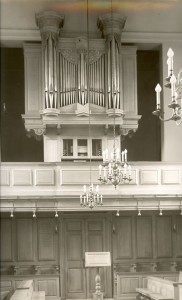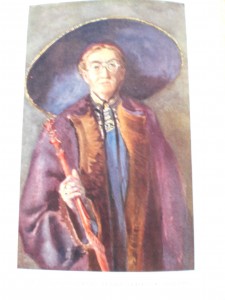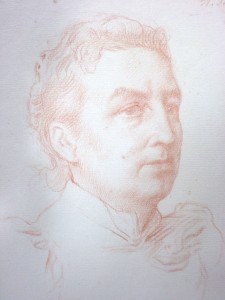The College archive holds much useful information about the Chapel and its history. Letters received have been kept, as have records of letters sent. There are consequently a number of bulging files of letters, carbon copies, postcards and telegrams. Some of this material is mundane; some of it is quite fascinating. In keeping with the Chapel’s controversial history, many of the letters are marked ‘confidential’, and one has even been sealed and re-sealed with sealing wax to ensure absolute discretion! In this blog, I hope to gradually relay some of the stories that have emerged from reading this correspondence.
When the Chapel was opened in 1935 it did not have an organ. It was not until 1937 that an organ was fully installed and dedicated. The oak case was designed by the Chapel’s architect Courtenay Theobald; the organ itself was supplied by Harrison and Harrison of Durham. Unlike the Chapel, which was donated and paid for entirely by E. G. Kemp, the cost of the organ was funded by a number of members of the College.
In a confidential letter to a former student, Miss Margaret E. Roberts, dated 4th July 1936, Helen Darbishire, the Principal at the time, wrote that she lent the College £2,000 to cover the cost of the organ, under the condition that she would receive £50 repayment per annum until her death. This prompted Miss Roberts (who also has a memorial tablet dedicated to her in the Chapel) to begin a fund-raising initiative to try and lessen the burden of this loan. She was joined by the four other surviving Somervillians who had first attended the College in its opening year, after which they named themselves collectively ‘1879.’ A document in the archives lists the names of 231 old members who answered 1879’s requests for money; donations which the fundraisers felt were a way of showing ‘in some practical way our thankfulness for the gift of the College Chapel by a former student.’


